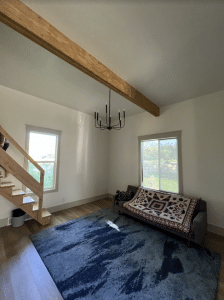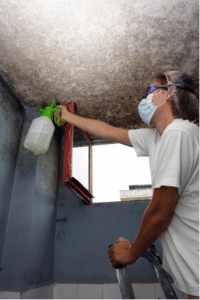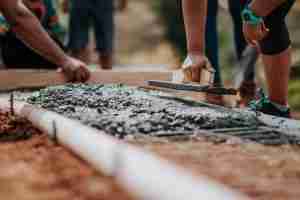Drywalls are trending these days due to their unique properties, which make them a better solution for walls than the typical plaster wall. The composition of the mixture of drywall can change, and its properties, like fire resistance or anti-fungal, can be enhanced.
Furthermore, these are customizable and give a lot of variety from where the customers can choose according to their needs.
Contents
What Are Drywalls?
These are made of a mixture of gypsum, and other elements are added to increase the potential of a typical whiteboard wall. The mixture is turned into sheets that are known as walls. With the era moving toward environment-friendly changes, the raw material for drywalls is also being changed, and scrap material is used in developing walls. These aren’t only cheap, but also the scrap is recycled to use.
Pros And Cons of Drywalls
Even though there are quite some advantages of drywall, a product has a bad side or limitations. In this post, we will discuss the pros and cons of drywalls.
Pros of A Drywall:
- The best part about installing drywall is that it is a faster process as compared to a traditional plaster wall, which needs a lot more care and can only be done in less humid weather so that the plaster dries quickly and the paint as well.
- Although the drywall method is quick, it also needs some heavy lifting and can only be installed by a drywall contractorbecause these companies have the experience to put the walls in place correctly.
- The walls are a sustainable solution, and with enhanced additives, they can resist fire and block mold infestation as well, which happens when water seeps into the walls.
- The new drywalls are strong and durable as well. The cost of drywall is comparatively lesser than a typical wall. Plus, it can also work as a temporary partition and use for boundary walls and ceilings.
- Unlike the popular opinion that drywall is a paper wall and must be delicate, you can actually attach lights or other accessories to the walls and ceiling; it will not tear apart the wall.
Cons of A Drywall:
- Most walls are not able to stop water from seeping in, only special drywalls have a fiberglass layer instead of paper that stops the water, but it is expensive.
- If there is no layer of plaster on drywall, it can be damaged easily because behind the sheet is a paper layer.
- This is not a do-it-yourself kind of work; only professionalscan do a perfect job at joining and fixing the joints, so the wall sits seamlessly.
- There is a lot of sawdust when cutting the plasterboards, so always cover up the furniture, and if you have someone who has a dust allergy, ask them to stay somewhere else until the work isn’t complete.
Concluding It All
After listing out the pros and cons of drywalls, it is easier to say that they do not need a lot of care and can withstand a lot of pressure and different hazards like water absorption or fire but need to be customized.




